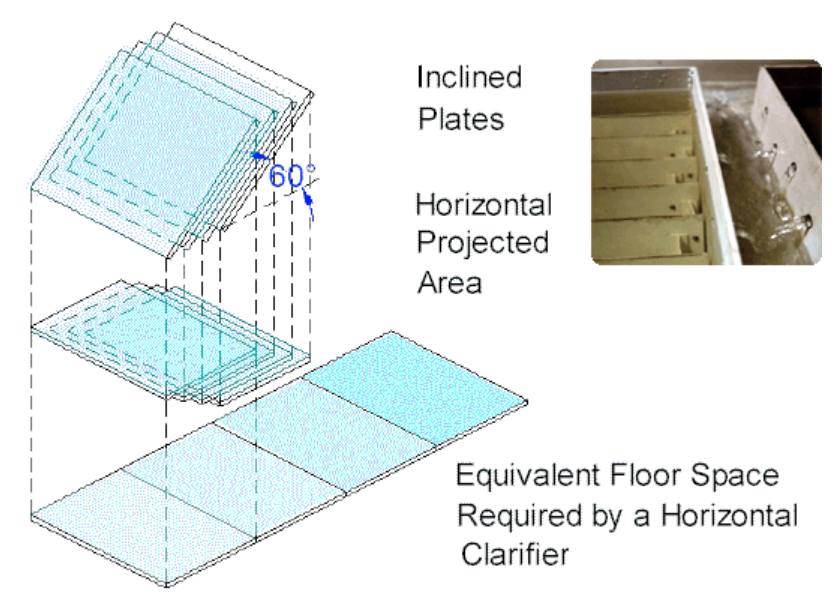Door Hydraulic Press/Steel Press Machine Hydraulic400 Tons/Yq32
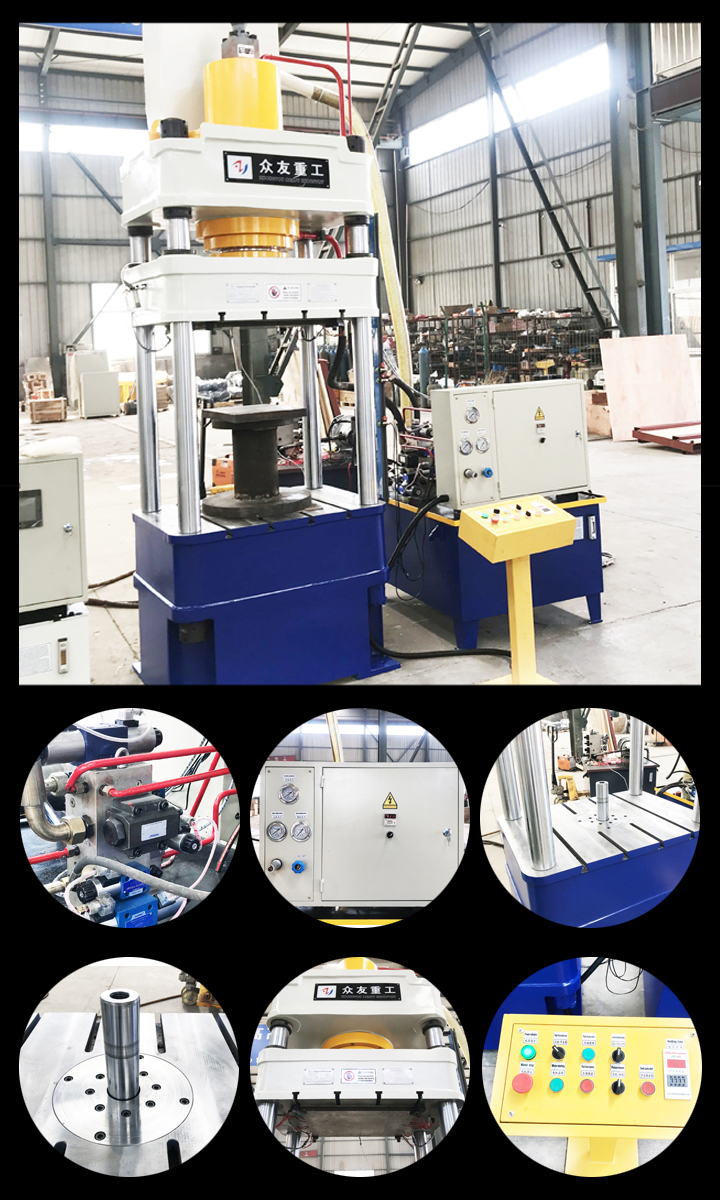
1.YQ32 series press is composed of main body and control device, which is composed of frame, main cylinder, elimination cylinder, hydraulic system and transmission mechanism, upper and lower limit switch pipeline, electric control cabinet and so on.
2.The transmission mechanism includes fuel tank, high-pressure pump, low-voltage control system, valve and electrical control system, which is designed according to the working procedure of hydraulic principle. Through the preset, through pump, cylinder, valve, tank, pipeline and other transmission mechanism, can realize continuous operation.
3.This product is suitable for the compression of plastic material, such as powder plastic products, hot/cold metal extrusion, metal sheet stretching, stamping, bending, edge folding, straightening, pressing and mounting etc.
4.Independent drive structure and electrical equipment ensure reliable operation of central control buttons. Adjust, manual operation and semi-automatic operation, provide three modes for your choice.
5.Working pressure, pressing speed, reducing speed and deceleration pressure can be adjusted separately.
6.Through preset, elimination, non - elimination, and drawing, the pressure - depth or distance - dependent death movement can be eliminated. In the case of pressure related movement, the main cylinder of the yq32 type press starts pressure control, delay and automatic return.
Used for drawing or shrinking of various melt sheets.
The drive system and the power system are centralized. The pressure machine and the collection button controlled by PLC produced the adjustment and semi-automatic operation mode.
Pressure, stamping speed, stamping travel and travel can be adjusted according to the requirements.
Extensive use
1.Household appliances: washing machine, TV, refrigerator, air conditioner, rice cooker, etc.
2.Kitchenware: sinks, tea sets, and other kinds of containers.
3.Auto parts: car body parts, brakes, oil tank, chassis, axle box, bumper
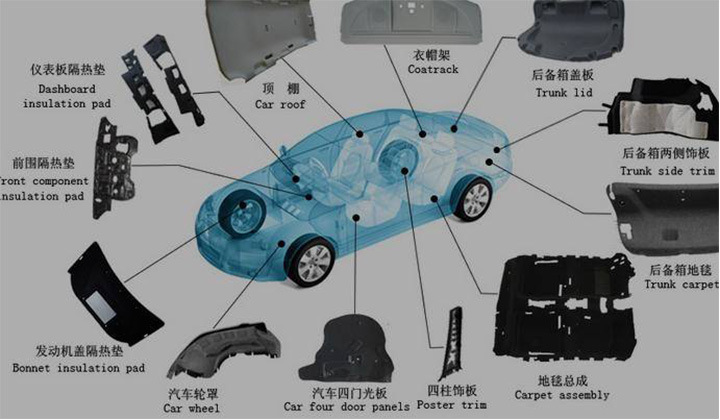
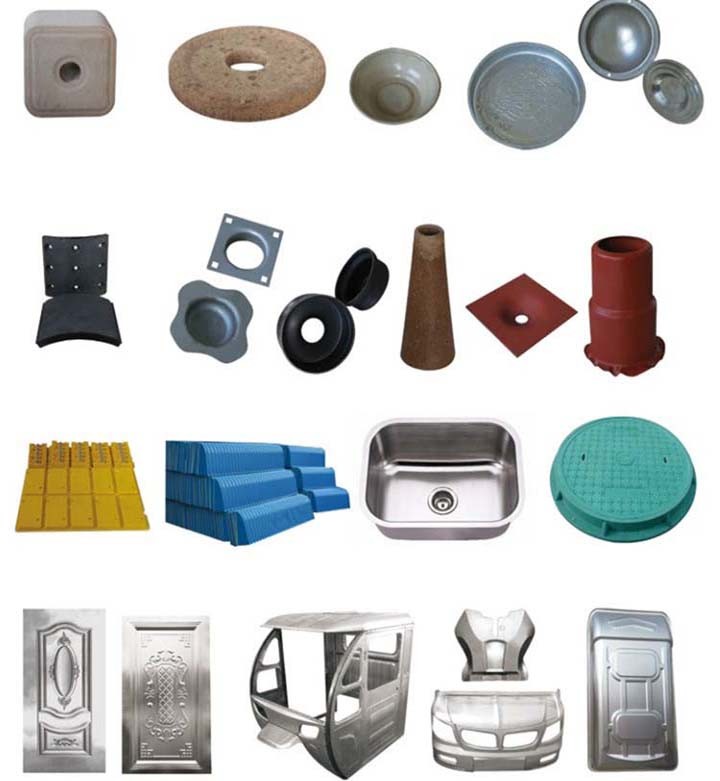
Equipment specific parameters:
| Parameters | Unit | 2000 | 3150 | 3150 | 4000 | 6300 |
|
Max.pressure of hydraulic system |
Mpa | 25 | 25 | 25 | 25 | 25 |
| Slider Max.Opening height | mm | 900 | 1250 | 1000 | 1250 | 1500 |
| Slider Effective Stroke | mm | 600 | 800 | 600 | 800 | 900 |
| Effective worktable size | mm | 800*800 | 1260*1160 | 800*800 | 1260*1160 | 1600*1600 |
| Nominal force of upper ejection cylinder | KN | 400 | 630 | 630 | 630 | 1000 |
| Stroke of upper ejection cylinder | mm | 220 | 300 | 300 | 300 | 300 |
| Slider descending speed | mm/s | 100 | 120 | 120 | 120 | 150 |
|
Slider pressing speed |
mm/s | 5-10 | 8-15 | 8-15 | 8-15 | 10-22 |
|
Slider return speed |
mm/s | 90 | 90 | 90 | 90 | 120 |
Product Catalog
|
Product classification |
Product Name | Â | Â |
| A | Four column hydraulic press machine | A1 | Coin hydraulic press making machine |
| Â | Inclined plate clarifier Feiyiya Inclined Plate Clarifiers Use Gravity & Innovative Engineering A gravity clarifier is the most economical method of removing solids from liquids, using natural gravity as the source of energy and it is free. A clarifier simply provides a non-turbulent zone where heavier than liquid solids, suspended by turbulence, are given sufficient time to settle to a quiescent surface. The HEI inclined plate clarifiers are compact units with multiple layers of settling area utilizing less than 25% of the floor space required by conventional clarifiers. Principle of Clarifiers A particle carried forward by the velocity of the liquid flow must settle at a rate that allows it to reach the bottom before passing through the clarifer. Thus, particles beginning at a point [a" must traverse some route lying between ab and ab` in order to avoid being carried over the outlet.
If V is the horizontal velocity of the liquid, S the solids particle vertical settling velocity, L the length of the settling device, and D its depth, then particles entering at point A will settle to the bottom of the device only if V does not exceed: S(L/D)Since Vmax / S = L / D then, Vmax = S (L / D)
Inclined plate clarifier, Lanmei inclined plate clarifier, Inclined Tube Settler,High-Efficiency Inclined Tube Wuxi Feiyiya Environmental Protection Technology Co., Ltd. , https://www.feiyya.com |
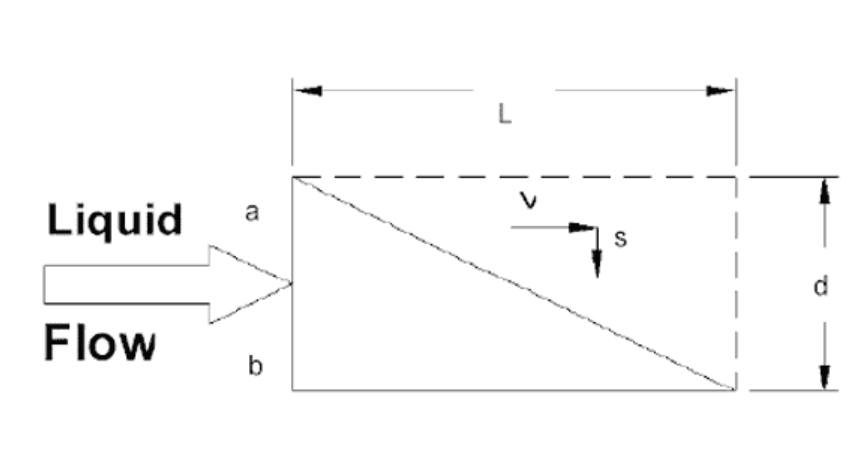
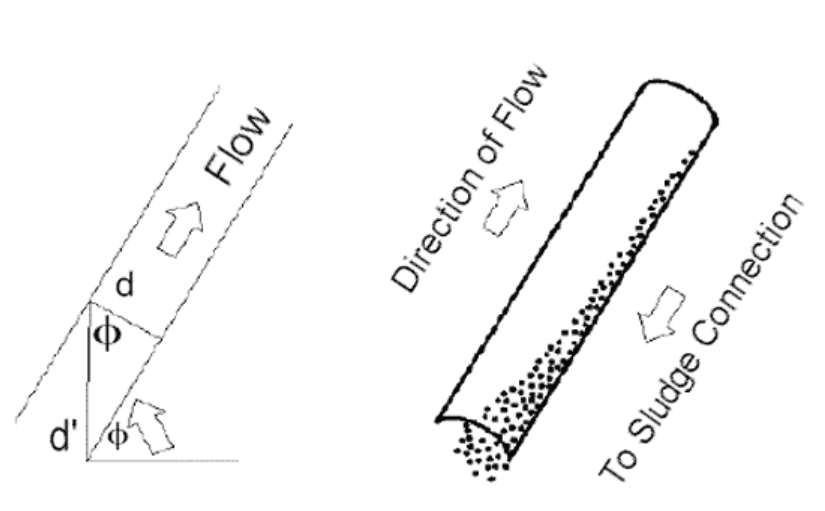 However, when the device is inclined, the furthest settling particles no longer fall through distance D but some longer distance D`. This new longer settling distance D` is related to D by the relation: D = D` cos Ø.
However, when the device is inclined, the furthest settling particles no longer fall through distance D but some longer distance D`. This new longer settling distance D` is related to D by the relation: D = D` cos Ø.